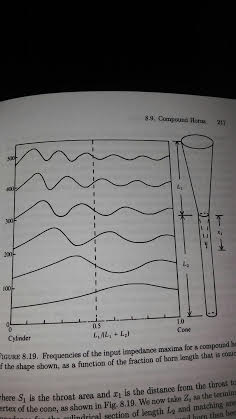We have started to get students and teachers involved in make instruments. The trombones players in the Small Band are in the process of making PVC trombones with 3D printed mouthpieces and bells. A prototype of the mouthpiece has been made that is more of a large tuba size so it has been resized and is being reprinted.
A group of teachers have also been working on “box-style” ukuleles and learning more about using the laser cutter to add art work to the instrument.
Finished printing the resized mouthpiece which seems much better.






























 The videos of the tubes being played can be seen here:
The videos of the tubes being played can be seen here:





















































































